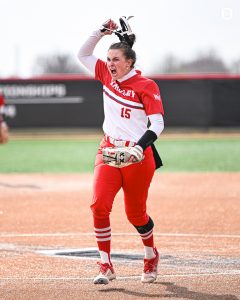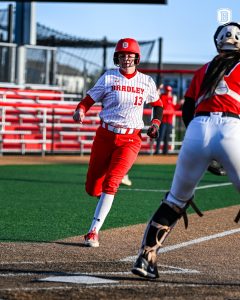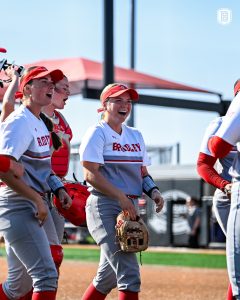Ditch it- By Mason Klemm
The MLB should get rid of its new extra innings rule.
Enacted to shorten games amidst COVID-19, the rule states that a runner must be placed on second base at the start of every half-inning during extra innings. That runner is usually the player preceding the leadoff hitter of that inning.
Not only does this rule make it easier to score runs in a league already dominated by hitters, but it leaves pitchers at an unfair disadvantage.
Take, for example, the Royals vs. Indians game on July 25. The teams were tied at 2 heading into the 10th inning, and Kansas City put pinch-runner Brett Phillips on second. A well-placed bunt by Erick Mejia moved Phillips over to third, and a sacrifice fly by Maikel Franco gave the Royals the lead and, eventually, the win.
In this case, pitcher James Karinchak did his job: he got outs and didn’t give up a hit. But, since there was already a runner on second to start the inning, Karinchak got the loss, even though he didn’t allow the baserunner.
Although the rule has done a good job of shortening games, the excitement that comes from watching a long extra-inning game is unmatched. The 2018 World Series is the best example of this. In Game 3, the Dodgers beat the Red Sox 3-2 in 18 innings off of a walk-off home run by Max Muncy. It was the longest World Series game ever and it ended with a bomb, not a lazy sacrifice fly.
Most of the crowd stayed at the ballpark for all 18 innings, showing that fans will watch a game whether it’s nine or 18 innings.
As the Royals showed on July 25, it’s easy enough to make a couple of sacrifices and pick up a win, but that makes the game really boring to watch. Whichever team is hitting has an immediate advantage in extra innings, and that takes the fairness out of the game of baseball.
The new rule is glorious, keep it! – By Brandon Younan
The MLB has taken advantage of the shortened season and is using it to experiment with new rules and regulations. Simply put, the extra innings rule is nothing short of glorious.
After a full nine innings, with the game being tied, the last batted out of the previous inning takes second base.
The game of baseball has lagged behind other sports for years in the excitement department, and this is an opportunity to add more excitement to the game.
In the first game of this season, we saw a division matchup between the Angels and A’s. Tied at 3, the Angels’ Shohei Ohtani is placed at second base with no outs. It seems easy enough to bring him in, right? Whether it’s a single, a sac fly or any other way to move the runner, the runner is already in scoring position, putting pressure on the defense.
Instead, the batter hit a ground ball to Matt Olson at first base, who fired it over to third to get the first out of the inning, eliminating the threat of a weak hit scoring a run. The A’s took advantage of this rule as they were patient, and allowed themselves to get the bases loaded and hit a walk-off grand slam in the bottom half of the inning.
This is exactly why the rule should be permanent. No run is guaranteed at any level – especially in the majors – no matter how easy an opportunity seems to be.
The rule has done an exceptional job of shortening games. While to some, a lengthy extra-inning game is intense and exciting, the thrill of having your back against the wall in a situation and clawing your way back to a victory is much more fulfilling. This season has had a few games go past the 10th inning, even with the rule in effect.
The year 2020 is weird, and so is this rule for the traditional fans. But sometimes change is needed. For those who think of that 2018 World Series game that went 18 innings, we can have a matchup that is just as intense and thrilling ending in the 10th or 11th inning.
Keep the rule, and let’s inject more fun into baseball.




